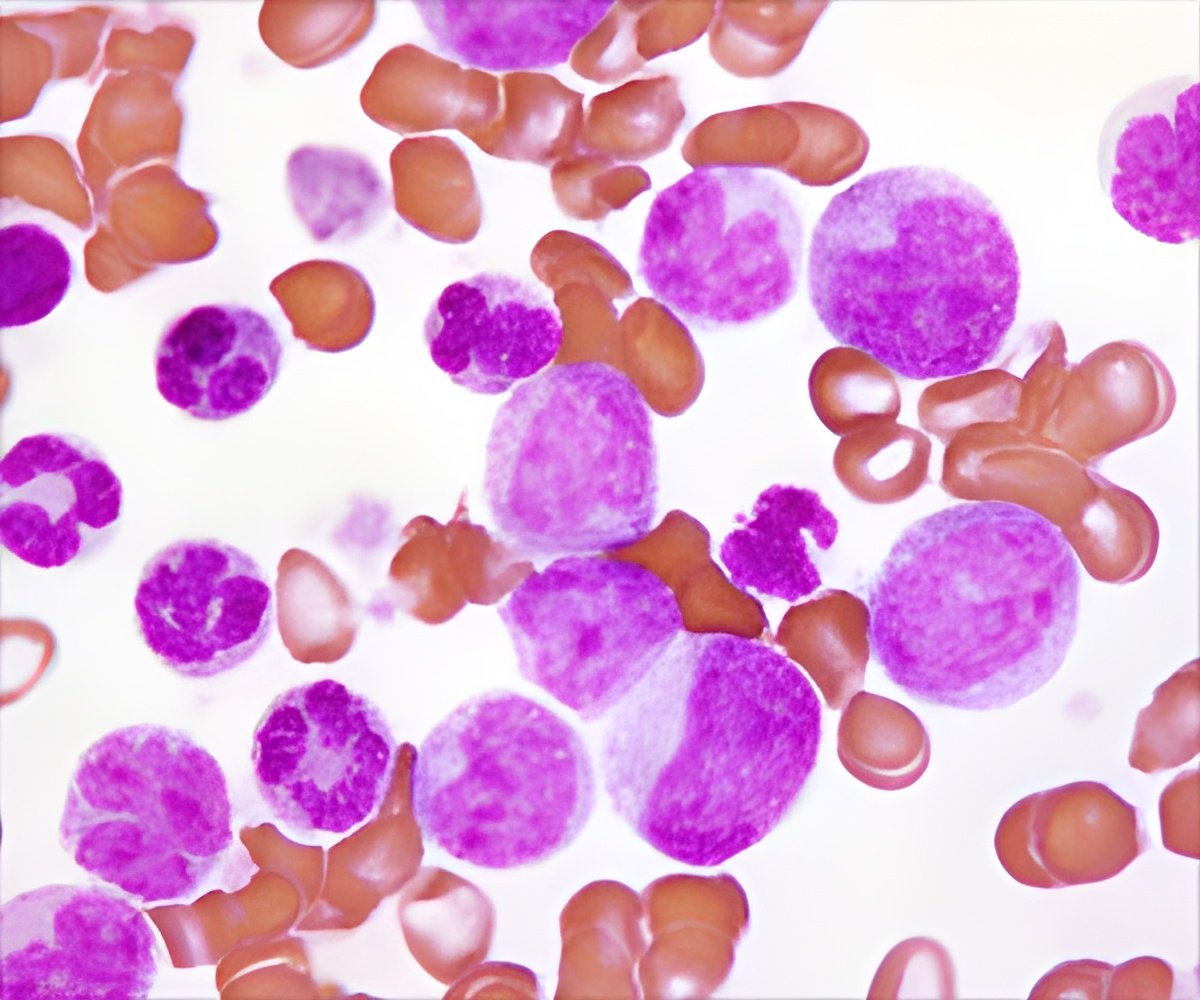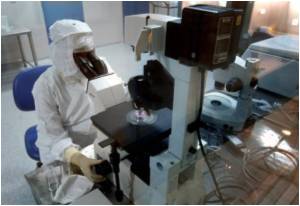The new candidate drug against leukemia, called JQ1, is expected to soon enter the second phase of human clinical trials.

‘The newly discovered drug, called JQ1, inhibits the protein BRD4 and generates powerful toxic effects. It does not harm normal cells, but devastates cancer cells in the Acute Myeloid Leukemia.’





In the lab's latest work, graduate student Chen Shen led a rigorous series of experiments culminating in the surprising discovery of how a BRD4-inhibiting drug like JQ1 undermines AML cells. Because BRD4 was known to impact gene expression by affecting the deposition of chemical tags on DNA called epigenetic marks, Shen examined other molecular players - other proteins - that might also be in involved with BRD4 in epigenetic processes in AML cells. Among the proteins she studied was an enzyme called NSD3. Like many proteins in our cells, this one comes in multiple forms, one rather long and another quite short. Vakoc said, "It's a David-and-Goliath story. We figured the long, or full-length, form of NSD3 was of interest because it has a portion, or domain, that enables it to act as an enzyme, and another that suggests its involvement in epigenetic gene regulation."
In fact, though, researcher Chen was able to prove that it was not this Goliath, but rather David - a highly truncated version of NSD3 called NSD-short - that was relevant to BRD4, and, indeed, the action of a BRD4-inhibiting drug like JQ1.
Vakoc said, "Chen found NSD3-short, despite its very unimpressive appearance, is critical. It's like a short strip of Velcro, and BRD4 sticks to one portion of it, while another protein called CHD8 sticks to another portion. We call it an adaptor protein."
Chen and Vakoc discovered that when JQ1 is applied to AML cells, it causes a 3-protein complex consisting of NSD3-short, BRD4 and CHD8 'to fly apart'. The Velcro is no longer sticky.
Advertisement
One way is to attract and bind BRD4; a second is to attract and bind CHD8. A third is to 'read' epigenetic marks. A fourth is the protein's ability to activate genes, via a portion called an acidic activation domain.
Advertisement
The NSD3 protein has already been identified as important in the pathologies of certain kinds of breast and lung cancers. It is therefore possible that a future drug targeting NSD3-short or CHD8, the other protein that sticks to it, might have therapeutic effects not only in AML but perhaps also breast, lung and other cancer types.
Source-Eurekalert














